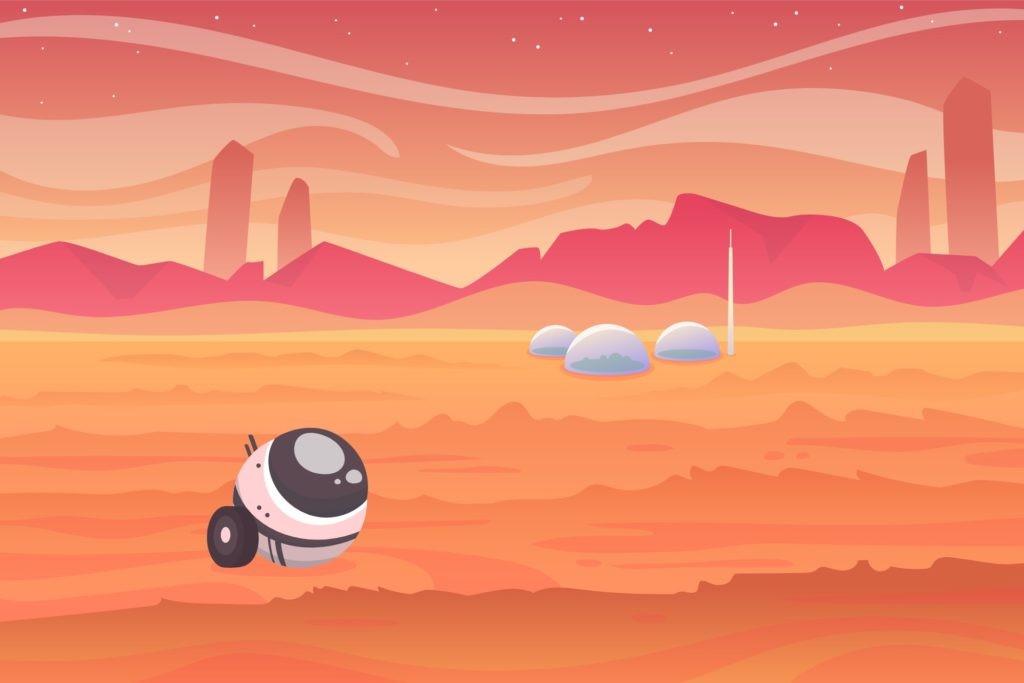Asteroid impacts
have a bad reputation here on Earth it's
the dinosaurs' signature public relations victory, but it's the moon that
really bears the scars of living in our messy neighborhood. That's because
Earth has an arsenal of forces that slowly wear away the craters left behind by impacts. And that's
frustrating for scientists who want to better understand the debris hurtling
around our solar system. So a new
study uses the pockmarked lunar surface to trace the history of things smashing
into both our moon and Earth, finding signs that our neighborhood got a lot
messier about 290 million years ago.
"It's a cool study that talks about our
dynamic solar system and it's good that it's out there," Nicolle Zellner,
a physicist at Albion College in Michigan who was not involved in the new
research, told Space.com. "It'll get people thinking and testing it, so
that's exciting."
How
the Moon Formed: 5 Wild Lunar Theories
Earth and
the moon are close enough on the solar system scale that stray asteroids should
crash into each at about the same frequency. (Earth may attract a few extra
with its stronger gravity, and Earth likely suffers more hits because of its
larger surface area — but in terms of impact per square mile, they should be
clocking in about the same).
Scientists
have identified only about 180 impact craters here on Earth, as opposed to
hundreds of thousands of lunar impact craters. Earth wipes them away with
winds and rainfall, oceans and plate tectonics. "The moon is perfect for
studying craters," Sara Mazrouei, a planetary scientist who led the new
research during her doctoral studies at the University of Toronto, told
Space.com. "Everything stays there."

